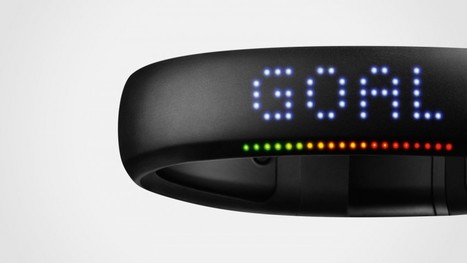The big hairy audacious goal of most every data scientist I know in healthcare is what you might call the Integrated Medical Record, or IMR, a dataset that combines detailed genetic data and rich phenotypic information, including both clinical and “real-world” (or, perhaps, “dynamic”) phenotypic data (the sort you might get from wearables).
The gold standard for clinical phenotyping are academic clinical studies (like ALLHAT and the Dallas Heart Study). These studies are typically focused on a disease category (e.g. cardiovascular), and the clinical phenotyping on these subjects – at least around the areas of scientific interest — is generally superb. The studies themselves can be enormous, are often multi-institutional, and typically create a database that’s independent of the hospital’s medical record.
Inevitably, large, prospective studies can take many years to complete. In addition, there’s generally not much real world/dynamic measurement.
The other obvious source for phenotypic data is the electronic medical record (EMR). The logic is simple: every patient has a medical record, and increasingly, especially in hospital systems, this is electronic – i.e. an EMR. EMRs (examples include Epic and Cerner) generally contain lab values, test reports, provider notes, and medication and problem lists. In theory, this should offer a broad, rich, and immediately available source of data for medical discovery.
DIY (enabled by companies such as PatientsLikeMe) represents another approach to phenotyping, and allows patients to share data with other members of the community. The obvious advantages here include the breadth and richness of data associated with what can be an unfiltered patient perspective – to say nothing of the benefit of patient empowerment. An important limitation is that the quality and consistency of the data is obviously highly dependent upon the individuals posting the information.
Pharma clinical trials would seem to represent another useful opportunity for phenotyping, given the focus on specific conditions and the rigorous attention to process and detail characteristic of pharmaceutical studies. However, pharma studies tend to be extremely focused, and companies are typically reluctant to expand protocols to pursue exploratory endpoints if there’s any chance this will diminish recruitment or adversely impact the development of the drug.



 Your new post is loading...
Your new post is loading...









